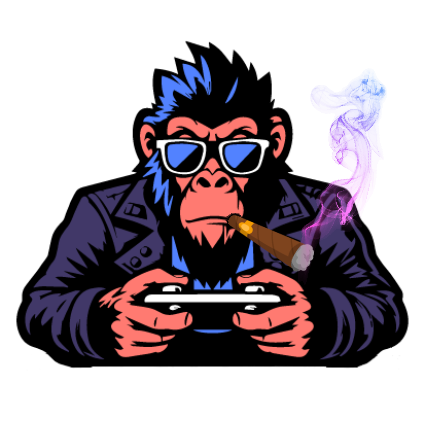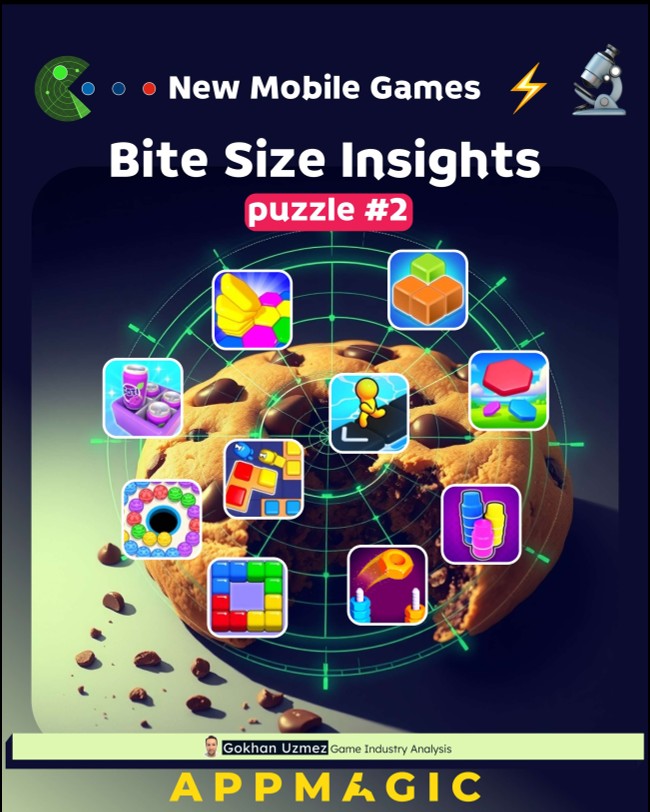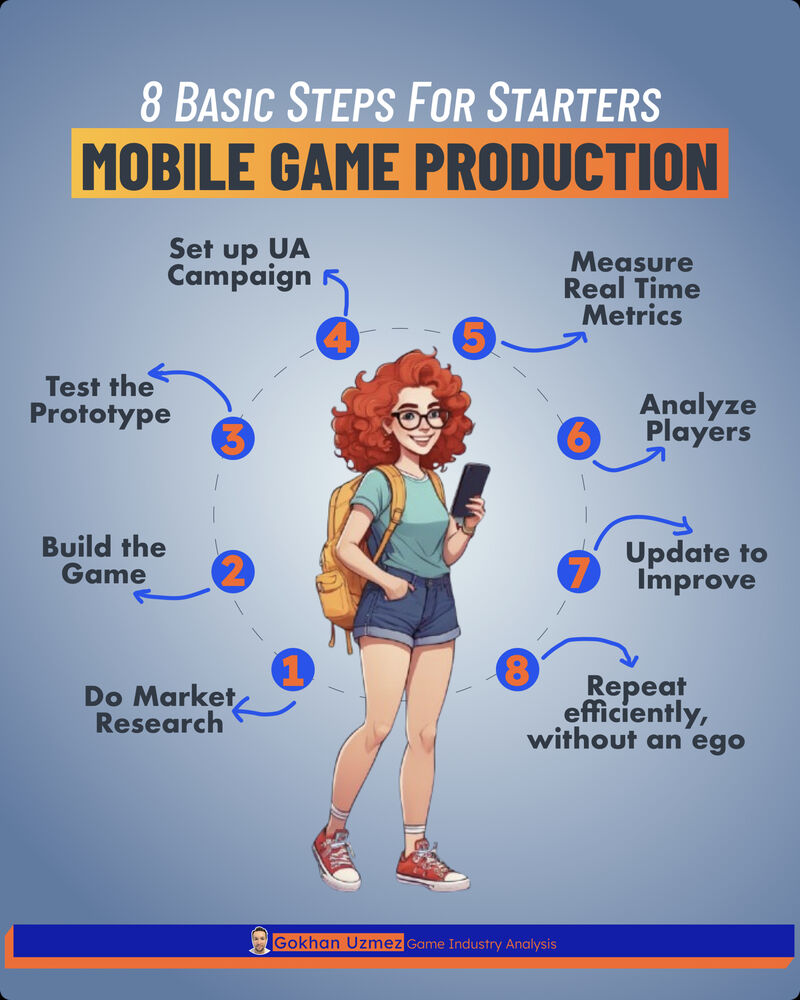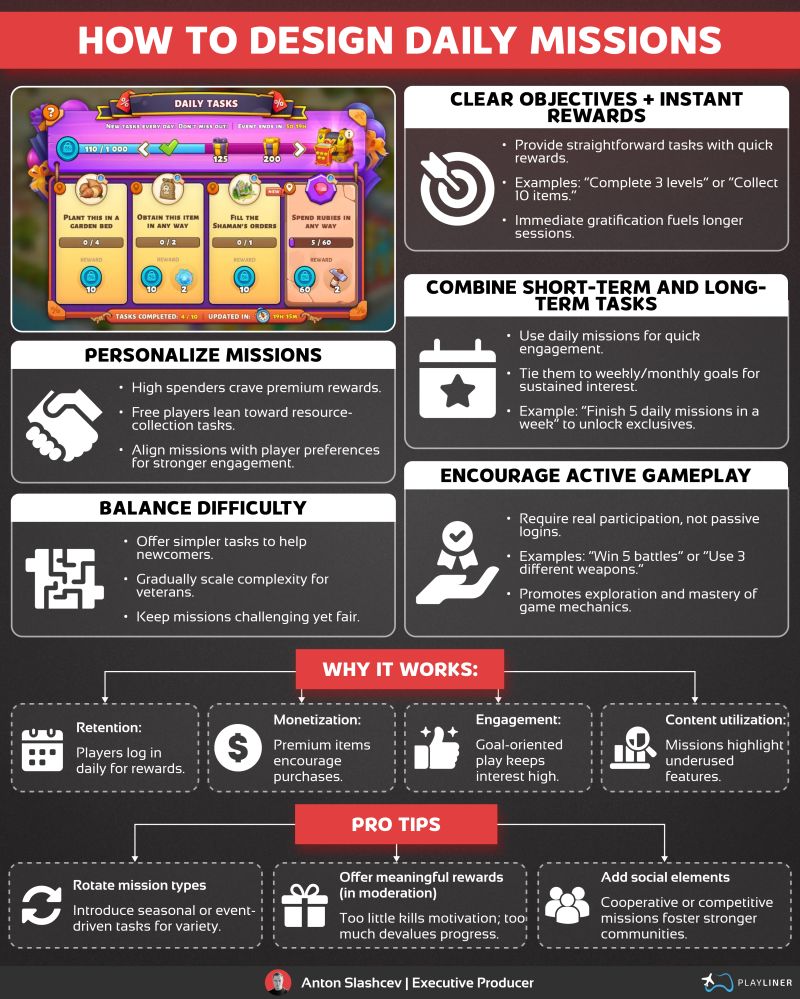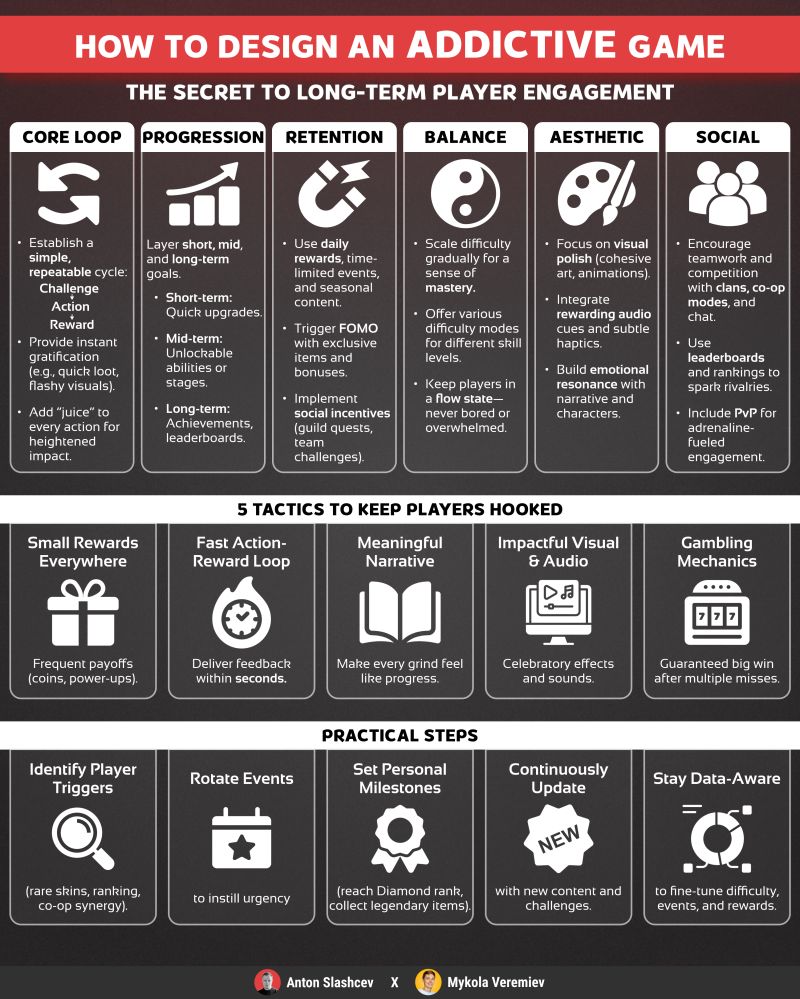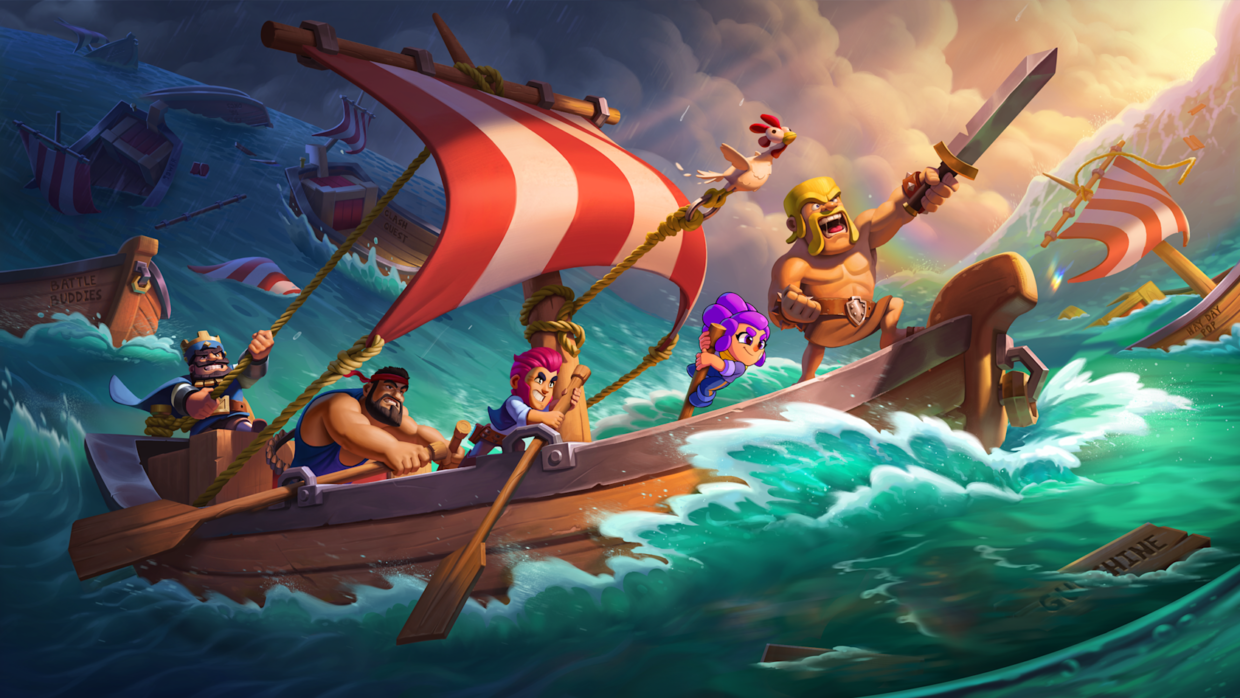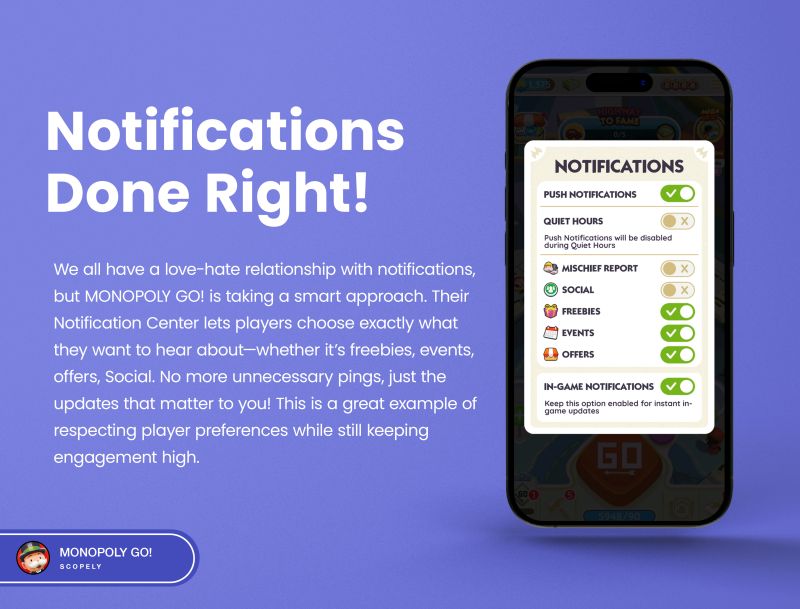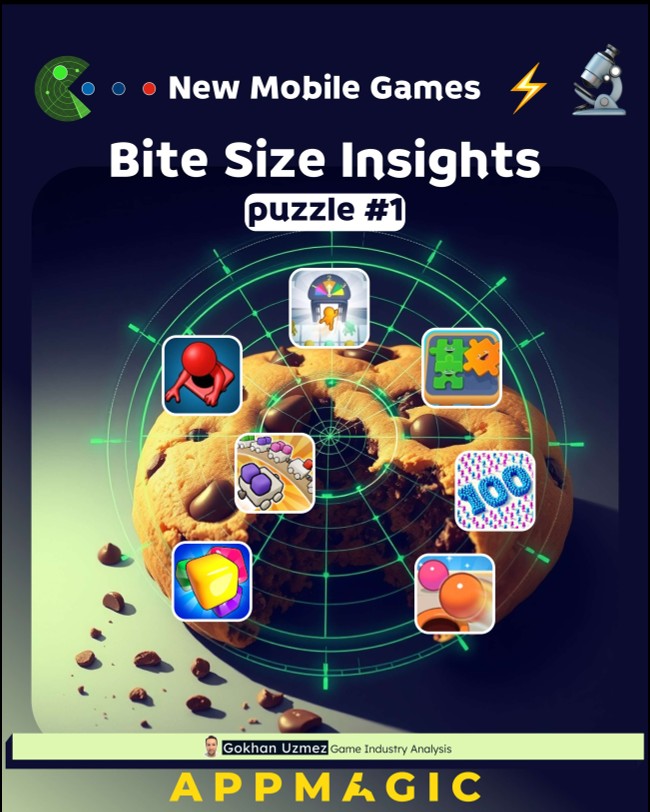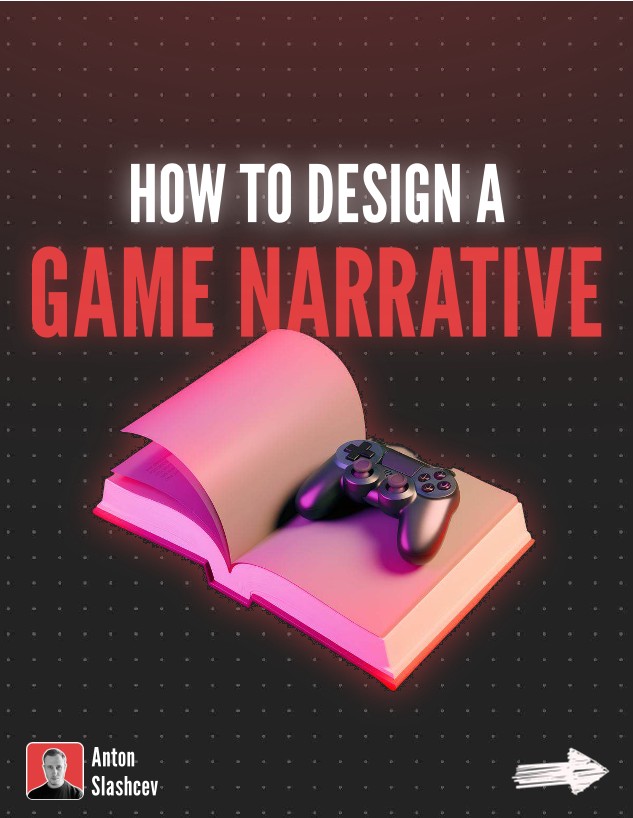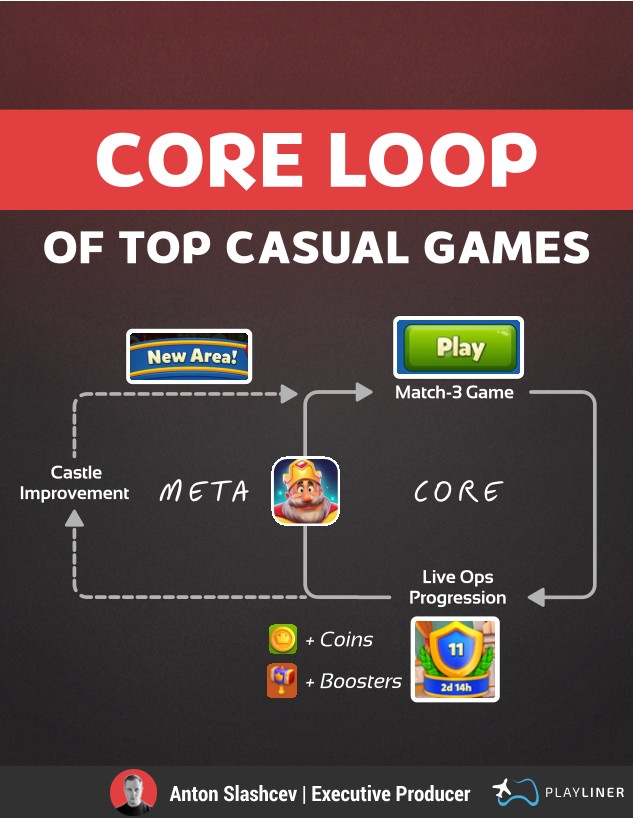New Puzzle Games: 312 Released Last Week
312 new puzzle games released last week, I did the dirty work, here are my 9+1(Bonus) picks, enjoy 🎡: The mobile market isn’t just competitive, It’s a battlefield! ⚔️ Without the intelligence, you’re fighting blind.Your time is precious. It really is. To start focusing on a worthy game,You need the INTEL. 🔮 Data-driven design isn’t a choice, it’s a necessity.You can’t afford ignoring the intelligence.It’s a powerful ALLY and any delay on using it,Will cost you more in the long run.Out of these handpicked games,Which one caught your eye?Cheers!
